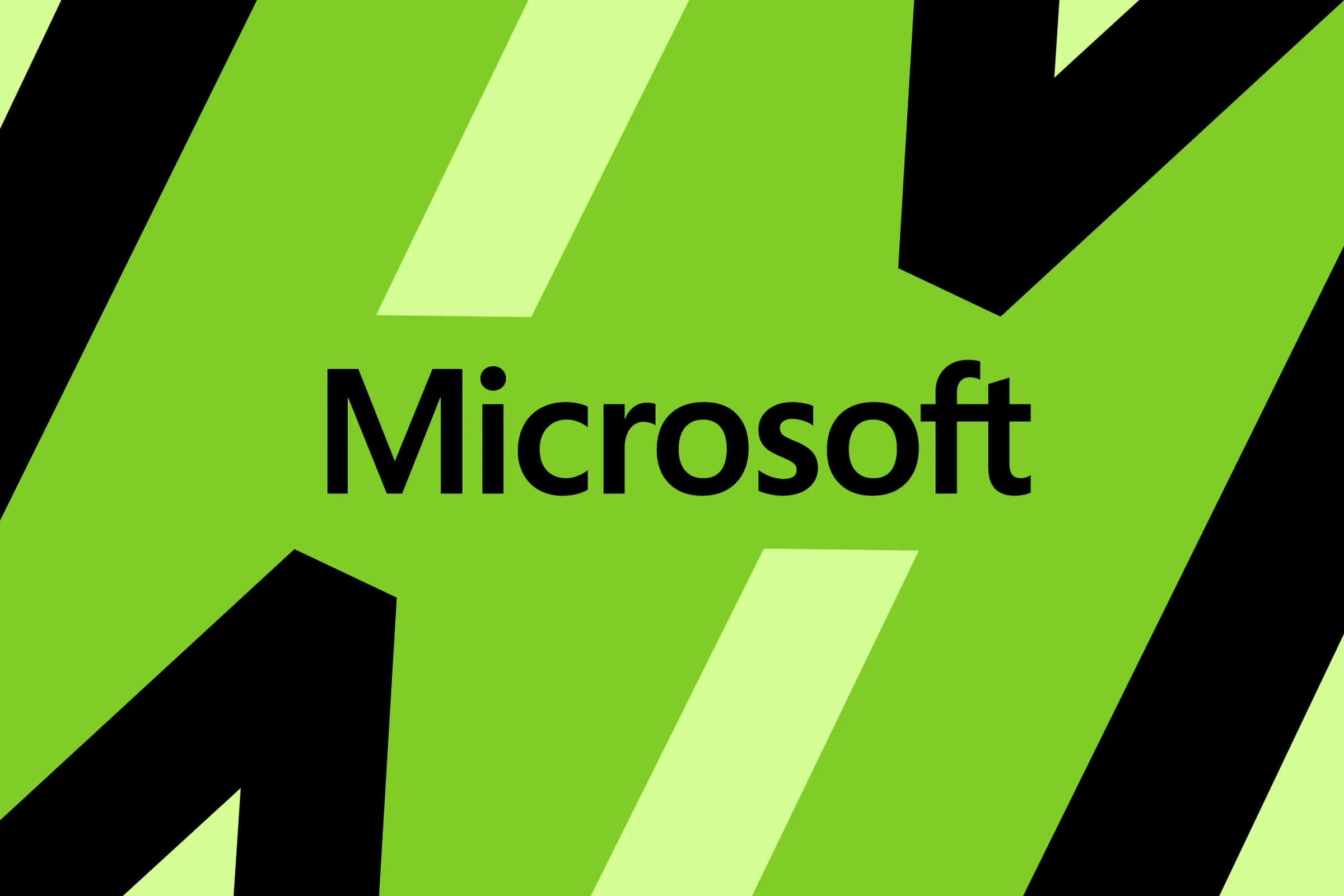Microsoft has recently launched Phi-3 Mini, heralding the dawn of a new era in compact yet powerful AI capabilities.
In a bid to revolutionize the landscape of artificial intelligence (AI) models, Microsoft has recently launched Phi-3 Mini, heralding the dawn of a new era in compact yet powerful AI capabilities. This latest iteration marks the inception of a trio of small-scale models planned for release by the tech giant.
Phi-3 Mini boasts an impressive 3.8 billion parameters, representing a significant leap forward in efficiency and performance. Unlike its predecessors, which drew from vast datasets akin to those used by larger language models like GPT-4, Phi-3 Mini has been trained on a comparatively smaller dataset. This streamlined approach sets the stage for enhanced agility and responsiveness.
Moreover, Phi-3 Mini is now readily accessible through prominent platforms including Azure, Hugging Face, and Ollama, ensuring widespread availability and ease of integration.
The unveiling of Phi-3 Mini is just the tip of the iceberg, with Microsoft’s roadmap envisioning the subsequent release of Phi-3 Small and Phi-3 Medium, each escalating in parameters to 7 billion and 14 billion, respectively. Parameters, denoting the intricacy of instructions a model can decipher, serve as a cornerstone in determining its computational prowess and applicability.
Eric Boyd, Corporate Vice President of Microsoft Azure AI Platform, underscored the significance of Phi-3 Mini, likening its capabilities to those of larger language models (LLMs) such as GPT-3.5, albeit in a more compact form factor. Boyd emphasized Phi-3’s potential to deliver responses akin to models ten times its size, a testament to its efficiency and refinement.
The allure of small-scale AI models lies in their cost-effectiveness and suitability for personal devices, transcending the realm of traditional computing paradigms.
Microsoft’s strategic pivot towards lightweight AI models, as reported by The Information earlier this year, underscores a concerted effort to cater to evolving market demands and technological trends. Alongside Phi, Microsoft has also developed Orca-Math, a specialized model tailored for mathematical problem-solving, further diversifying its AI portfolio.
Rivaling titans in the tech arena, including Google and Meta, have also ventured into the realm of compact AI models, albeit with varying focuses and applications. Google’s Gemma series caters to simplistic tasks like chatbot interactions, while Meta’s Llama 3 8B aims to augment coding assistance capabilities. Anthropic’s Claude 3 Haiku stands out for its adeptness in parsing complex research papers and distilling key insights.
Boyd shed light on the developmental trajectory of Phi-3, elucidating a methodology inspired by childhood learning patterns. Drawing parallels with the assimilation of knowledge through bedtime stories and simplified literature, Boyd revealed how Phi-3 was nurtured through a curated curriculum, leveraging over 3,000 words synthesized into ‘children’s books’ by an LLM.
Furthermore, Boyd highlighted Phi-3’s evolutionary continuum, elucidating how successive iterations have honed the model’s prowess in coding and reasoning. While Phi-3 exhibits a commendable grasp of general knowledge, it pales in comparison to behemoths like GPT-4 in terms of breadth and depth. However, for many enterprises, Phi-3’s tailored capabilities align seamlessly with the requirements of custom applications, underscoring its pragmatic appeal and economic viability.
In essence, Microsoft’s unveiling of Phi-3 Mini heralds a paradigm shift in the realm of AI models, epitomizing a convergence of efficiency, versatility, and accessibility. As the technological landscape continues to evolve, the journey towards AI democratization takes a decisive stride forward, paving the way for a future where intelligence knows no bounds.
